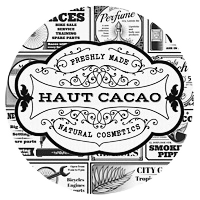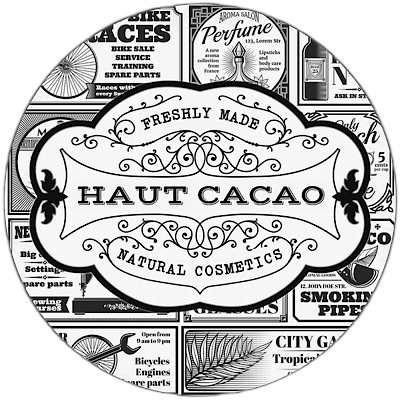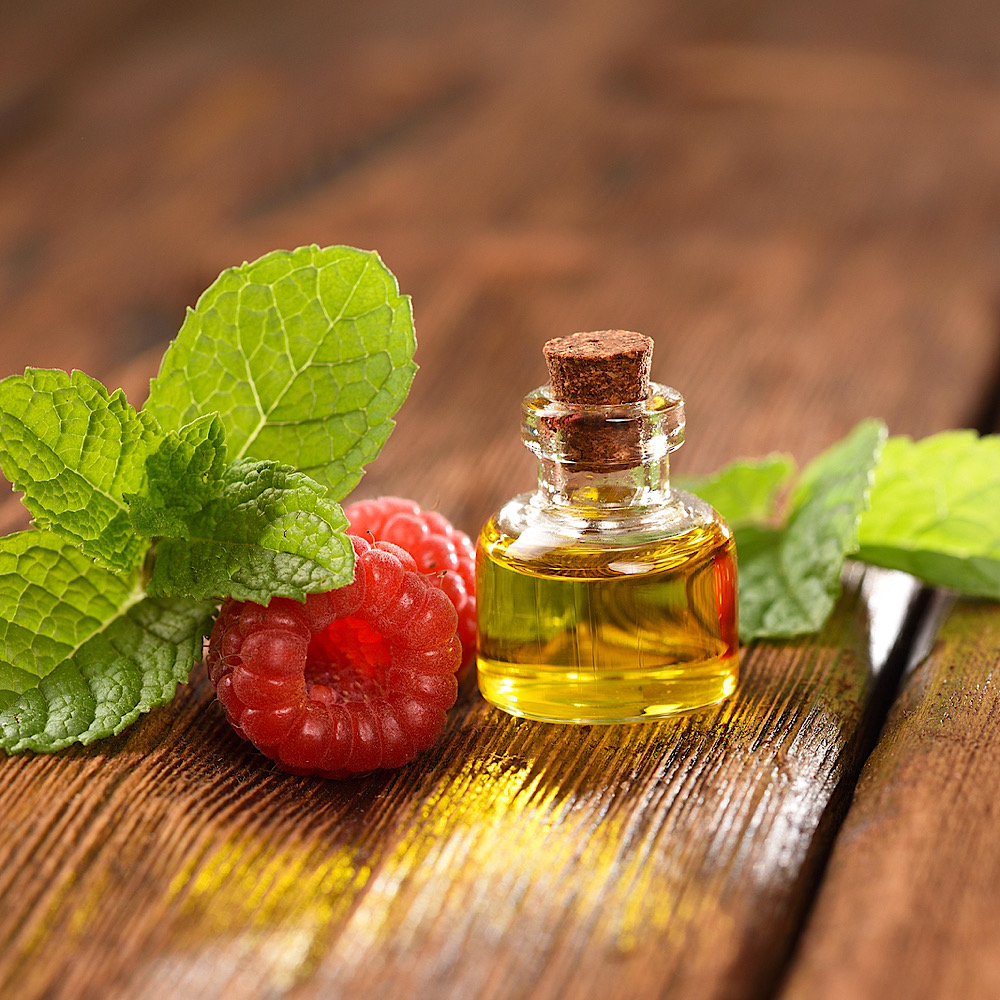Polyunsaturated fatty acids have become a hot topic of debate in the skincare world. Also known as PUFAS, these controversial fatty acids can be found in high percentages in popular nut and seed oils like Rosehip, Borage, Almond, and more. Are PUFAS really controversial though? Are they unstable and dangerous as some have said? Are your precious facial oils aging your skin aka. doing exactly the opposite of what they claim? Or…is it mostly misinformation? So I am breaking down the science behind polyunsaturated fatty acids in skincare, so you can decide for yourself.
LET’S START AT THE BEGINNING.
Did you know that the sebum your skin produces naturally contains PUFAS? Human sebum contains between 15-30% free fatty acids, along with cholesterol, wax esters, squalene, etc.
PUFAS are a necessary component of human sebum and have to be present in order for the other components – including wax esters and squalene – to synthesize.
In fact, certain skin ‘types’ have been shown to lack PUFAS, particularly linoleic acid, which contributes to imbalances and symptoms (ie. acne) that we’ll get into later.
IF PUFAS ARE A NATURAL PART OF OUR SKIN, WHY ARE SOME SAYING I SHOULD AVOID THEM?
Great question. The argument around polyunsaturated fatty acids in skincare centres around one main point – oxidation. PUFA haters claim that PUFAS oxidize very quickly, therefore causing oxidative stress, inflammation, free radical damage, and ultimately, skin aging. So…are they right? Ehh. Kind of.
According to science, the ‘oxidation and degradation’ of PUFAS in human sebum actually initiates an important chain of events that gives sebum it’s powerful anti-microbial properties. So, is the oxidation of PUFAS always a bad thing? Not necessarily.
In the context of plant oils and skincare, PUFAS are indeed less stable than saturated fatty acids. This means that PUFA-rich oils do oxidize more quickly and oxidized oils (outside of your skin’s natural processes) = no bueno for your skin. Exposure to air, light, heat, chemicals, and free radicals cause this to happen more quickly. You can generally tell if an oil is oxidized by the way it looks or smells – it may change colour over time or have a rancid, unappealing scent.
However, just because an oil can oxidize quickly doesn’t mean it will. Steps and measures can be taken to prevent or delay oxidation. These include – adding a powerful antioxidant like vitamin E to the oil, storing the oil in glass that limits UV exposure (ie. dark glass), storing the oil in a cool environment (ie. refrigerator), using an airless mechanism or pump (as opposed to a dropper), and ensuring that the oil is fresh and has been produced in a way that preserves its nutrients (ie. by Co2 extraction or without heat.)
So, while yes, there is a risk of oxidation and you should always buy PUFA-containing skincare from brands you trust (ie. don’t trust super cheap oils!), the point is that there are fresh, unrefined, non-oxidized PUFA that actually have incredible, science-backed benefits for your skin.
SO, WHAT EXACTLY ARE THE SKIN BENEFITS OF PUFAS?
Let’s look at what the science says…and there’s a lot of science on the function and mechanism of PUFAS in skincare.
Polyunsaturated fatty acids have been shown in study after study to help modulate and decrease inflammation in the skin. In fact, certain PUFA are known to be ‘anti-proliferative’ aka. to inhibit the growth or spread of inflammation caused by the free radicals (UV rays, pollution, etc.) our skin encounters on a daily basis.
In addition, polyunsaturated fatty acids have been shown to have very promising benefits for those who suffer from inflammatory skin conditions like dermatitis, psoriasis, and acne. In fact, they encourage the production of lipids that are known to reduce inflammation.
This is not to say that you can’t have too much of a good thing – because you can. Too much of anything, including PUFAS, will generally cause sensitization and/or inflammation.
The topical use of polyunsaturated fatty acids also comes with pretty amazing, anti-aging benefits. Certain PUFAS contribute to the formation of ceramides (aka. an improved skin barrier), promote collagen (aka. more elastic, plump skin), and have photo-protective properties that reduce UV-related skin-aging. Studies even argue that skin that lacks PUFAS will have a compromised barrier and therefore, be more susceptible to premature skin-aging.
And what about acne, you might ask? Acne-prone individuals have been shown to 1. over-produce sebum and 2. lack PUFAS, particularly linoleic acid, in their natural sebum. This is relevant because PUFAS have been shown to inhibit inflammatory chemicals called leukotrienes as effectively as some acne treatments. Leukotrienes up-regulate, or increase, sebum production. More leukotrienes = more sebum = more breakouts. PUFAS are able to inhibit leukotrienes from forming.
Secondly, less or no linoleic acid in your natural sebum means less anti-inflammatory and anti-microbial activity. This means that acne-prone skin faces the unique problem of having sebum that is less protective against inflammatory and acne-causing aggressors and having too much of it – issues that can be at least partly addressed and regulated by topically applied PUFAS.
There’s so much more I could say here about polyunsaturated fatty acids and acne, like the fact that populations with the lowest amount of PUFA in their diet have the highest rates of chronic acne. Or the fact that individuals who consume less PUFA-rich foods are at a significantly higher risk for acne.
Suffice to say that the science is prettttty dang clear. Polyunsaturated fats have an undeniable place in skincare, especially for individuals whose skin is already deficient in those fatty acids and is suffering as a result.
OTHER THINGS TO CONSIDER…
Before I go, there are a few more things to consider. In the context of skincare, ingredients and formulas are designed to work synergistically. Unless you’re dealing with a single-ingredient product, there are going to be other ingredients in the formula that have been carefully chosen for their specific properties, benefits and chemical compositions. Ingredients don’t function in a vacuum, so it’s important to consider the entire product and formula in order to decide if it’s right for you. If you trust the brands you’re buying from, how they’re formulated, and the ingredients they source, this should be easy to figure out!
On that note…every oil is different. Literally no two plant oils are exactly the same! If you trust in Mother Nature like we trust in her, then not vilifying any plant oil that contains PUFAS is a no-brainer. Chemical composition varies from plant to plant, from oil to oil, and there are pros and cons to using any natural ingredient. In fact, because every individual’s skin and biological makeup is different, all natural ingredients come with both benefits and potential ‘risks.’ If you do your research and trust the brands you buy from, this shouldn’t be an issue.
Lastly, how a plant oil and product is produced matters. Oils that haven’t been heat-treated or refined are going to be the most nutrient-dense and slower to oxidize because they contain more of the natural antioxidants of the plant. You can tell fresh, unrefined oils by their vibrant colors and scents – they possess an earthy quality that lower quality, refined oils just don’t have.
If you’re unsure or concerned about PUFA in a product, find out how it’s produced. Is the oil cold-pressed? Unrefined? Has the ingredient or product been treated with heat at all? How is it stored and how long has it been sitting in a warm warehouse (ie. in a temperature-controlled environment)? As a consumer, you have a right to ask these questions, so don’t be afraid to.
Phew. I hope I’ve cleared some of your questions around polyunsaturated fatty acids in skincare. I love me some PUFAS, especially for oily and acne-prone skin, and make sure to take the necessary steps (ie. sourcing the freshest, highest-quality ingredients out there!) so that our skin truly benefits from them. I see all plants as medicine. If a plant is being vilified, then it’s being misused or misunderstood.
{Read my latest post, PUFAs vs tallow!}
Anti-Inflammatory and Skin Barrier Repair Effects of Topical Application of Some Plant Oils






